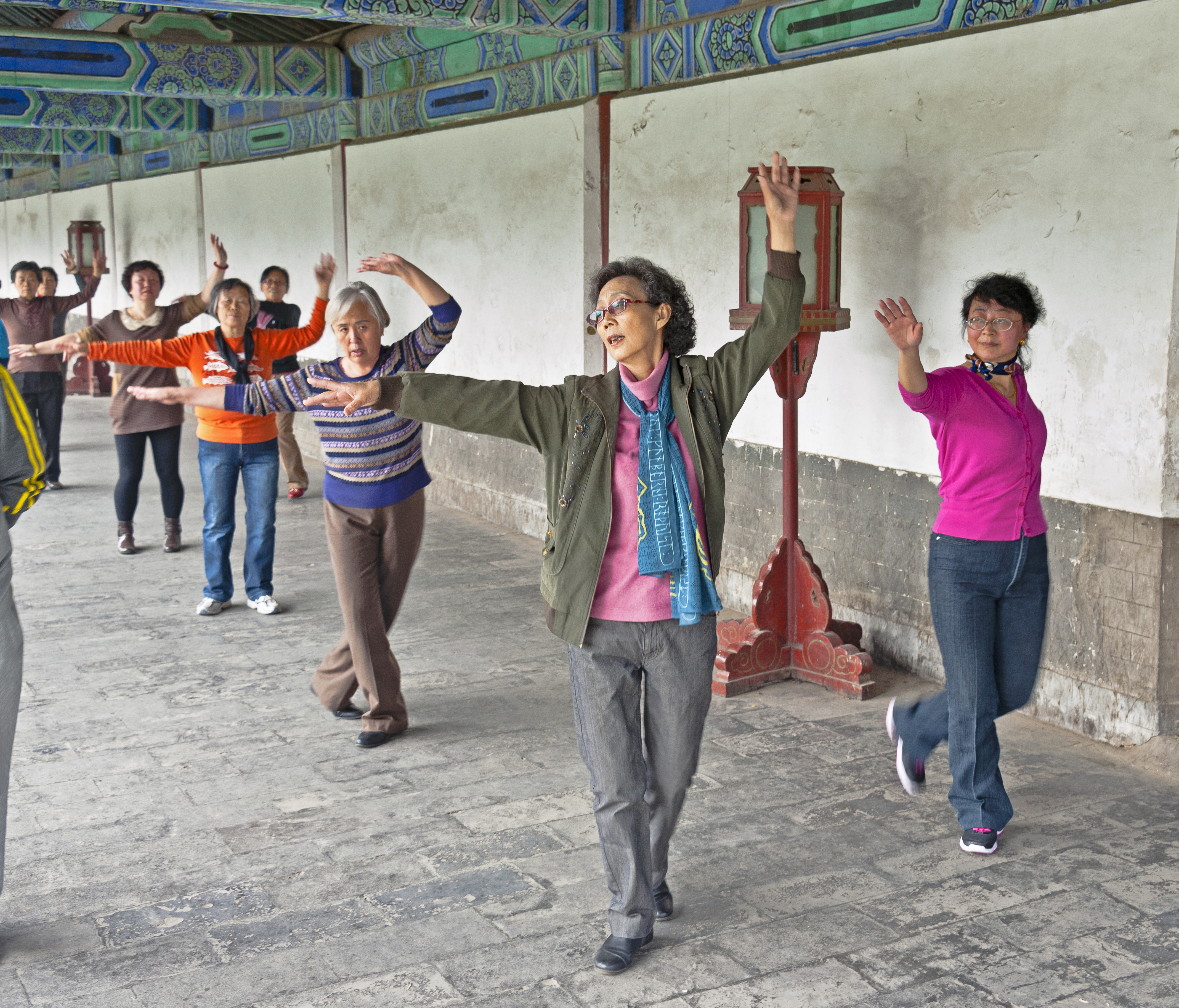
4 Ways Your Workout Should Change to Stay Fit after 40
There are many significant benefits to exercise and getting and staying fit. Exercise reduces your risk of diabetes and heart disease, helps you get a better night’s sleep, fights fatty liver disease, helps you manage your weight, and helps you look and feel younger.
There are very few downsides to exercise. Your body was designed with joints for movement and your health improves when you move. Research has also demonstrated the overall effectiveness of using high-intensity interval training (HIIT) over the usual cardio exercises.
January 29, 2016 | Source: Mercola | by Dr. Mercola
There are many significant benefits to exercise and getting and staying fit. Exercise reduces your risk of diabetes and heart disease, helps you get a better night’s sleep, fights fatty liver disease, helps you manage your weight, and helps you look and feel younger.
There are very few downsides to exercise. Your body was designed with joints for movement and your health improves when you move. Research has also demonstrated the overall effectiveness of using high-intensity interval training (HIIT) over the usual cardio exercises.
HIIT has the added benefit of increasing your human growth hormone (HGH), something “regular” cardio exercises do not do. The increased HGH levels help reduce insulin resistance and improve your ability to maintain a healthy weight.
HIIT also requires just minutes of your time and not the hours you may be used to laboring through when doing cardio.
What Happens After 40?
Over time you may have noticed changes to your body. Aging may follow a pattern, but with exercise and good nutrition you can enjoy the most from the years to come.1
From the time you are born until you reach age 30 your muscles continue to grow larger and stronger. But, starting around the age of 30, you begin to lose muscle mass, up to 3 to 5 percent each decade if you are not active. The medical term for this is sarcopenia with aging.2
Even if you are active, you continue to lose muscle mass, but at a much slower rate. The changes may be related to neurological fluctuations from your brain to your muscles that trigger movement, loss of nutrition, decrease in the ability to synthesize protein or in a decrease of HGH, testosterone, or insulin.
Reflexes and coordination can also suffer from the biological changes associated with aging.3 You may have noticed that your body doesn’t respond the way it used to.
It may be more difficult to get up from the couch, climb stairs with groceries, or go for a bike ride. With age your body can get stiffer and wobblier, and your muscles more lax.
This loss of muscle mass will also change the way your body looks and responds. The redistribution of muscle to fat may affect your balance. Less leg muscle and stiffer joints makes it more difficult to move around.
Changes in body weight and bone loss may also affect your height. People typically lose almost ½ inch in height every 10 years after age 40.4
